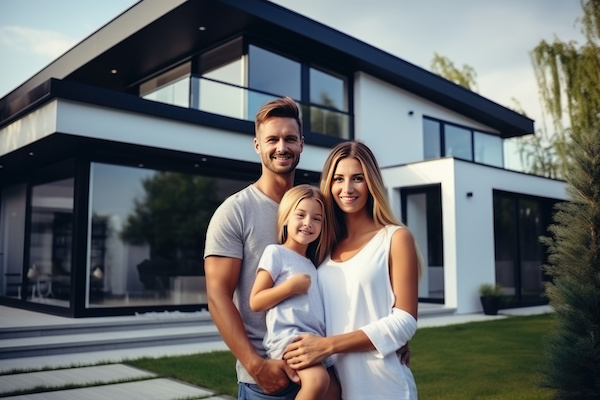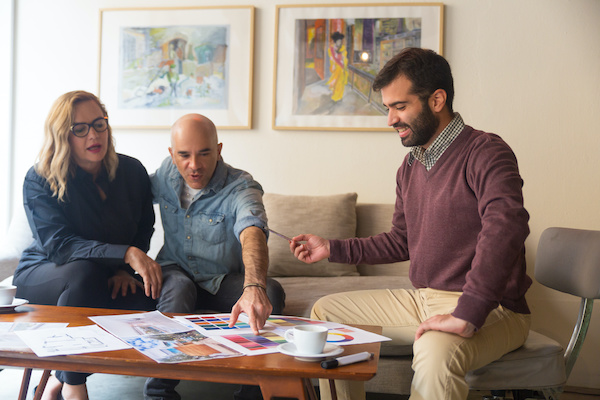Livable housing in Australia is defined by a set of standards aimed at making homes more accessible and easier to live in for people of all ages and abilities. These standards emphasize the importance of easy access to and within the home. The goal is to ensure that homes are comfortable and safe for diverse residents, therefore facilitating a higher quality of living.
These standards aim to create homes accommodating people of various ages and mobility levels, including older adults and those with disabilities. While these guidelines are often voluntary, they are increasingly being adopted in new housing developments across Australia.
The Livable Housing Design Guidelines embody these principles, guiding architects and builders in creating more inclusive and adaptable living spaces. This approach benefits individuals with specific needs and adds long-term value and flexibility to the housing market.
This article explores the critical elements of livable housing designs shaping modern residential spaces in Australia and beyond. Continue reading to learn more.

1 Accessibility
The foundation of livable housing lies in its accessibility. It encompasses the ease of entering and moving around the home, a feature beneficial for everyone, but mainly for aging occupants, families with young children, and those with mobility impairments.
Homeowners can make several improvements to enhance accessibility and livability within their homes. Here are some key strategies:
-
- Widen doorways and hallways: For wheelchair or walker access, doorways should ideally be at least 32 inches wide. Widening hallways can also facilitate more effortless movement throughout the house.
- Install ramps and eliminate steps: Replace steps at entrances with ramps and ensure they have a gentle slope. Inside the home, consider installing ramps where level changes occur.
- Improve lighting: Good lighting is essential for safety. Increase the amount of lighting, especially in stairways, hallways, and kitchens. Consider motion-sensor lights for convenience.
- Lever handles and touchless faucets: Replace doorknobs with lever handles, which are more accessible for people with limited hand strength. In bathrooms and kitchens, touchless faucets can be more convenient and accessible.
- Non-slip flooring: Use non-slip flooring options to reduce the risk of falls, particularly in bathrooms and kitchens.
These improvements not only make a home more accessible for those with specific needs but also add to the comfort and convenience of all residents, enhancing the overall livability of the space.
2 Navigable space
Navigable space within a home is another crucial element. Transforming a home into a more navigable space involves making thoughtful changes to ensure ease of movement and accessibility throughout the house. It can be essential for individuals with mobility issues, but it also enhances the comfort and functionality of the home for all residents.
Here are some strategies homeowners can consider:
-
- Bathroom enhancements: Install grab bars in the shower and near the toilet. Consider a walk-in shower design to eliminate the need to step over a tub. Non-slip mats and flooring can also enhance safety.
- Kitchen organization: Organize kitchen items within easy reach. Lowering countertops and cabinets or installing pull-out shelves and lazy Susans can make kitchen items more accessible. Ensure that pathways in the kitchen are wide enough for easy movement.
- Smart home technology: Implement smart home devices like voice-activated lighting, heating, and home entertainment systems. This technology can significantly enhance the navigability of a home by allowing residents to control various aspects of their environment effortlessly.
- Handrails and supports: Install handrails in critical areas along staircases and hallways. These provide support and stability for everyone, especially seniors or those with balance issues.
- Color and contrast: Use color and contrast to define spaces and edges. For instance, having a contrasting color on steps or doorframes can help those with visual impairments navigate more easily.
By implementing these changes, homeowners can create a living space that is not only more navigable but also safer and more comfortable for everyone. These modifications can range from simple rearrangements to more significant renovations, depending on the specific needs and layout of the home.

3 Adaptable design
One of the most forward-thinking aspects of livable housing is its focus on adaptable design. Creating a versatile home design involves incorporating features that can easily be modified or upgraded to meet changing needs. This approach ensures a home remains functional and comfortable through different life stages and circumstances. Here are some strategies for homeowners looking to create a more adaptable home design:
-
- Universal design principles: Incorporate universal design principles that make the home accessible and usable by all, regardless of age, ability, or status in life. It includes wider doorways, open floor plans, and accessible bathrooms and kitchens.
- Flexible room use: Create rooms that serve multiple purposes or can be easily converted for different uses. For example, an office or den could be designed to serve as a guest room or a future bedroom for aging in place.
- Adjustable fixtures and fittings: Use flexible systems for cabinetry, shelving, and closets, allowing for easy modification as storage needs change.
- Space for future accessibility equipment: Plan for potential future needs such as space for stairlifts, ramps, or even home elevators in multi-story homes.
By considering these elements, homeowners can create a living space that can adapt to future changes, making the home a long-term, comfortable, and practical place to live.
Conclusion
Livable housing is about meeting the minimum standards of accessibility and comfort while anticipating and responding to the diverse needs of all occupants. By incorporating elements such as easy access, navigable space, and adaptable design, homes become nurturing environments that cater to a wide range of occupants. As these principles continue to be integrated into more housing projects, Australia moves closer to a future where comfortable, inclusive, and adaptable living spaces are the norm, not the exception.
Read More:

